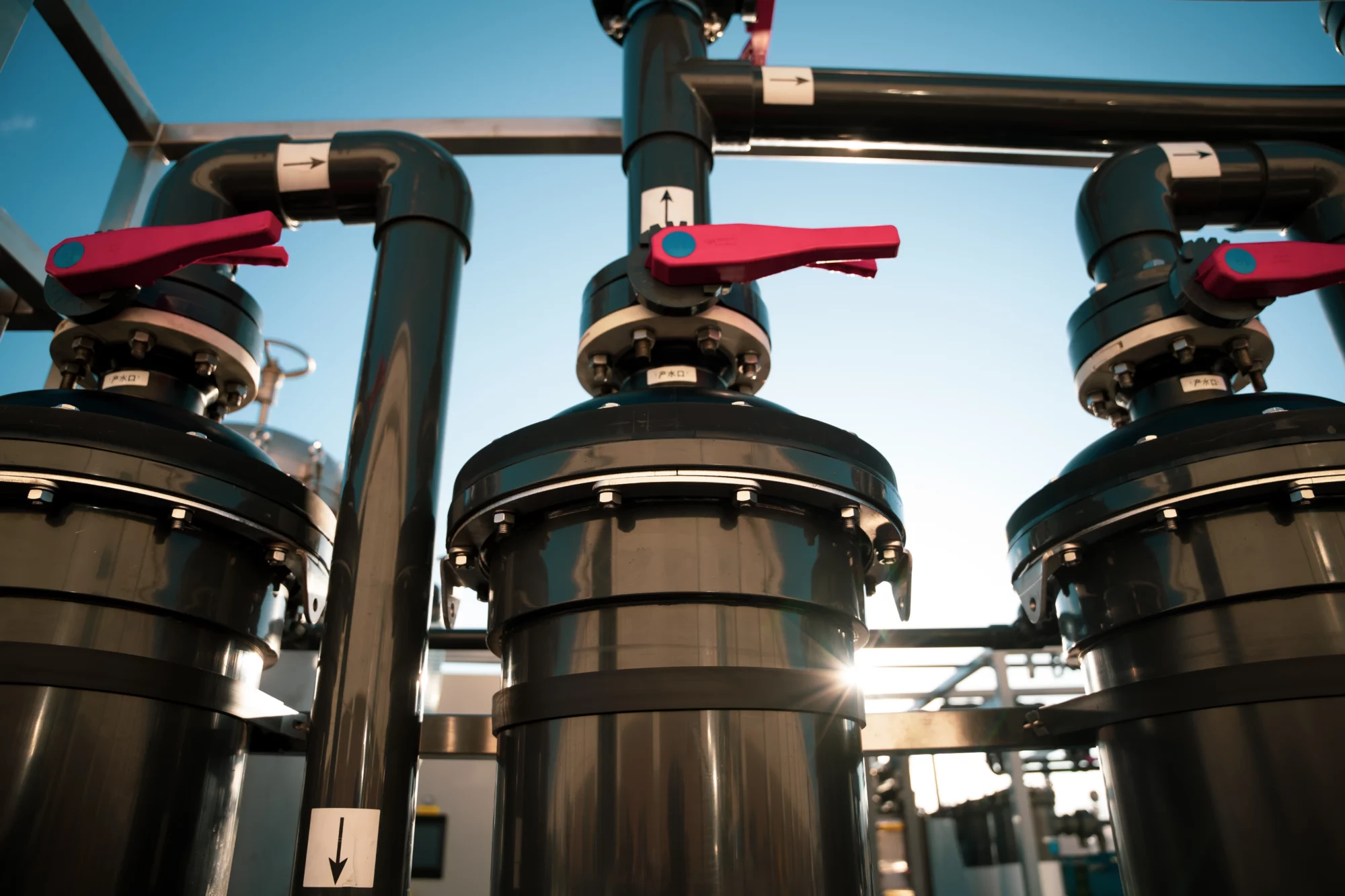Geoengineering and carbon capture technologies are making headlines once again. These fields had settled down in my mental archive of environmental endeavors until recently, where breakthroughs and political declarations pulled them back into the spotlight.
German Political Support for Carbon Capture
Germany’s Vice Chancellor, Robert Habeck, has made waves endorsing a comprehensive carbon capture and sequestration strategy. Strikingly, Habeck hails from the Green Party and oversees the nation’s economy and climate policies, representing a compelling mix of roles. His endorsement suggests a belief in the maturity and safety of carbon capture technology, despite some evidence to the contrary.
Learning from the Mistakes of Past Carbon Capture Projects
In stark contrast to Habeck’s optimism is the cautionary tale of Satartia, Mississippi, where a carbon dioxide pipeline malfunction caused town-wide asphyxiation incidents. It raises critical questions about the readiness of carbon capture to be implemented in densely populated European regions.
The Risks and Oversights in Carbon Capture Infrastructure
A deep dive into a detailed report on Europe’s CO2 infrastructural plans reveals a glaring omission of safety protocols and health concerns, igniting speculation about whether the risks of carbon dioxide leaks are being underestimated, especially when considering densely populated areas.
The Dilemma of Geoengineering the Oceans
The concept of geoengineering the oceans by adding substances like magnesium hydroxide, better known as milk of magnesia, has gained attention for its potential to increase oceanic carbon absorption. However, the economic feasibility and ecological impact of such methods still loom as unresolved concerns amidst the search for climate solutions.
Cost and Complexity in Carbon Dioxide Sequestration Techniques
Exploring alternative geoengineering ideas has led to discoveries of electrochemical methods to sequester carbon dioxide, though genuine concerns about cost, scalability, and unforeseen ecological consequences linger.
Emerging Electrochemical Innovations
Electrochemistry holds promise in various contexts, as demonstrated by the success in battery technology. Still, the potential for scaling and deploying some advanced electrochemical solutions, particularly those involving complex molecular mixtures, remains an area of intensive scrutiny.
The California Institute’s Unique Carbon Capture Approach
Captura, a venture emerging from the California Institute of Technology, proposes an inventive carbon capture methodology involving the processing of vast volumes of seawater. They have attracted significant funding, but the practicality of large-scale implementation is under intense debate, considering the complex dynamics of sea water composition, and the engineering challenges it poses.
Efficiency and Environmental Challenges
The efficiency of Captura’s method is questionable in light of the realities of processing seawater for carbon extraction. Moreover, the ecological repercussions on marine life, particularly shellfish, and the logistical challenges of dealing with the extracted CO2, add layers of complications to this ambitious project.
Dissecting the Feasibility of Captura’s Process
Even with the theoretical underpinnings, practical applications raise red flags around the viability of Captura’s approach. From the possibility of fouling to the limitations imposed by diffusive processes and environmental impacts, the technology confronts numerous hurdles.
The Bigger Picture: Is Captura’s Solution Practical?
The analysis suggests that although Captura’s technology is intellectually compelling, it pales in comparison to more straightforward methods of reducing carbon emissions, like transitioning to renewable energy. It seems that in the current climate, alternatives that focus on emission prevention are vastly more efficient than ambitious yet energy-intensive carbon capture efforts.
Carbon Capture and Geoengineering: A Long Road Ahead
While projects like that of Captura serve as testament to human ingenuity, the road to viable and sustainable carbon capture remains littered with obstacles. It appears that for the foreseeable future, emphasis on reducing emissions at their source may offer a more realistic path towards mitigating the climate crisis.
